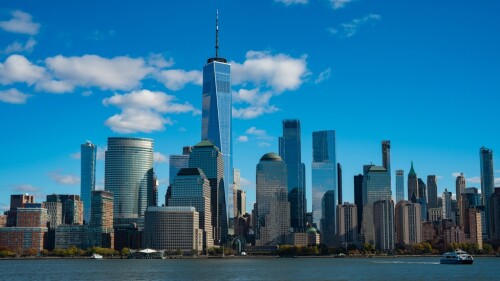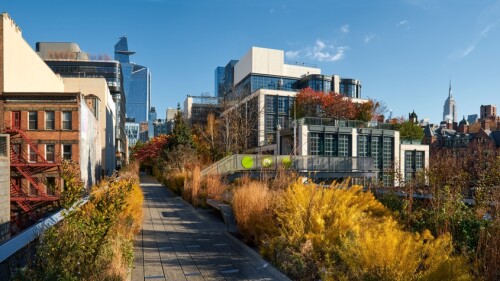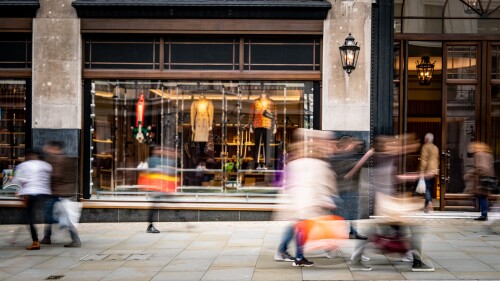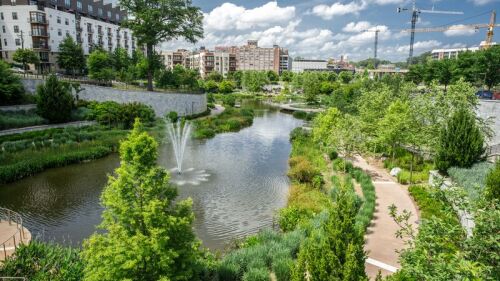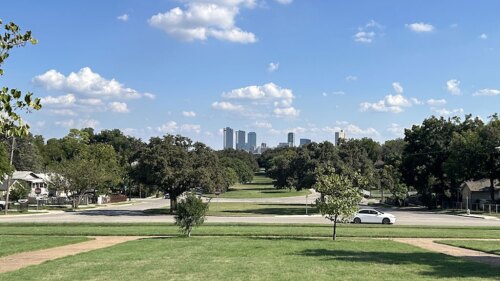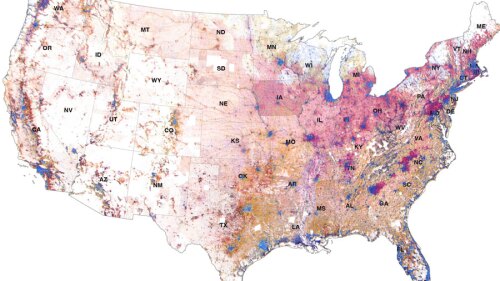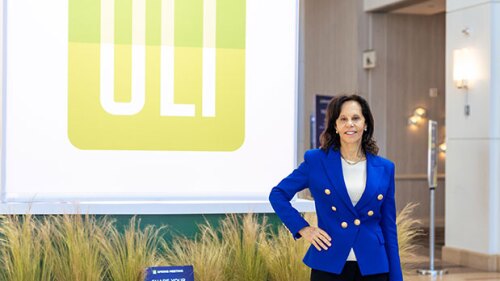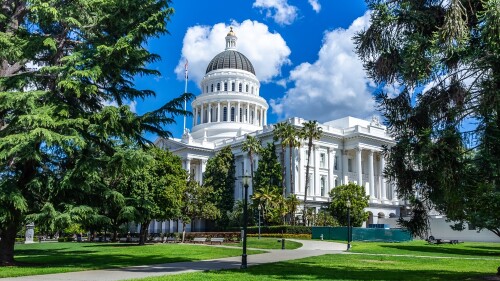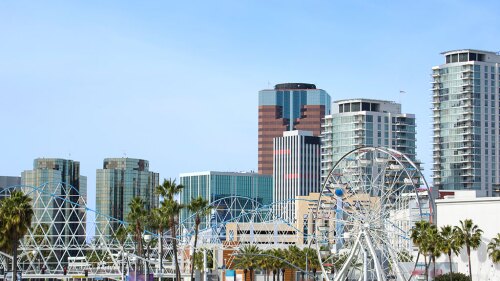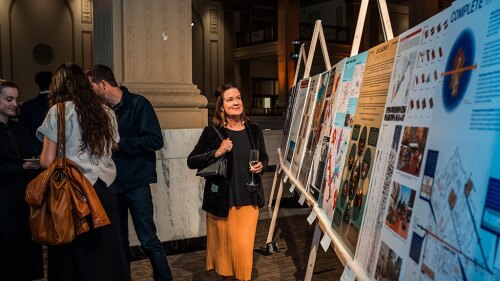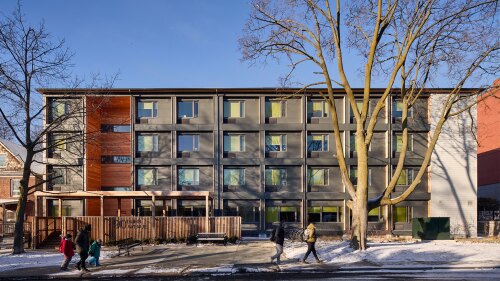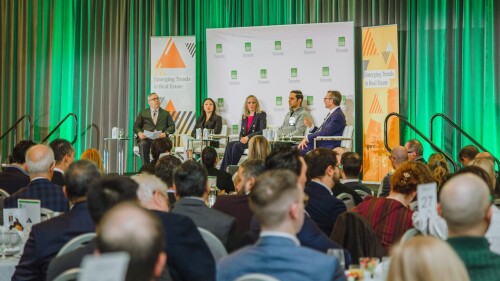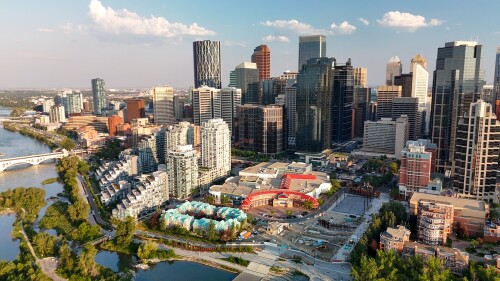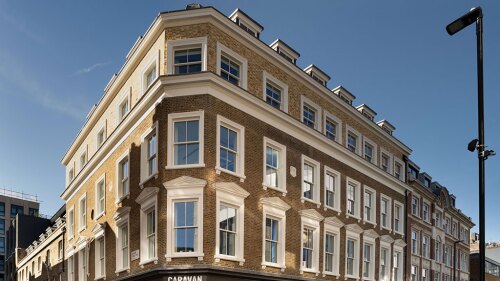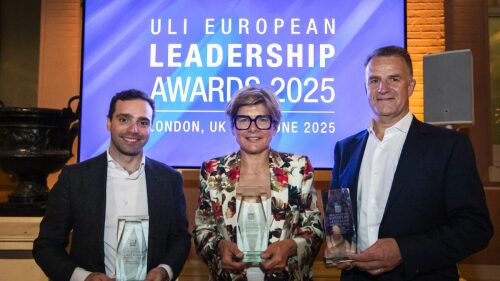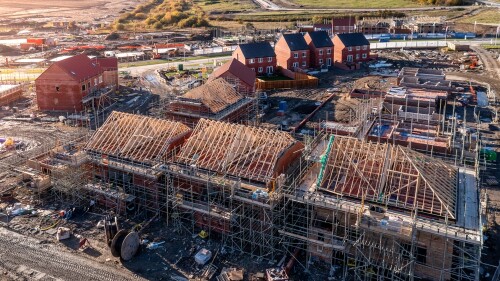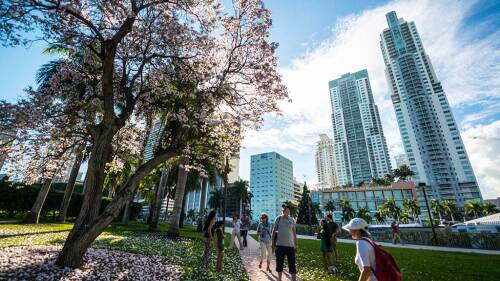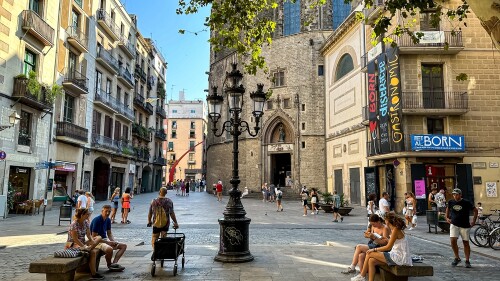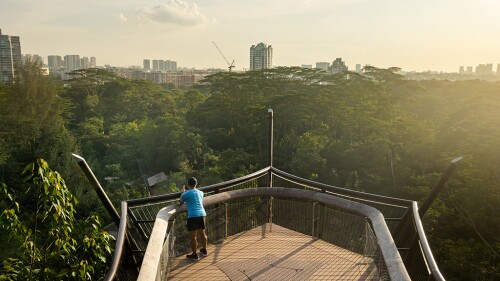Markets
Chicago
Despite improving return-to-office numbers, the office sector still battles numerous challenges that are resulting in higher loan defaults. According to MSCI Real Assets, office leads the charge on rising distress levels, which have not been seen in more than a decade. Office accounts for nearly half of outstanding distress: $51.6 billion in outstanding distress at the end of fourth quarter 2024, and another $74.7 billion in office properties identified as at risk for “potential” distress.
Four experts discuss how to rebuild urban cores by bringing the public and private sectors together to create thriving downtowns that entice remote workers to return to the office and broaden the mix of uses.
Consumers have kept a steady foot on the gas this year. A record-high 197 million consumers shopped in stores or online over the Thanksgiving holiday weekend, according to the National Retail Federation (NRF). The NRF forecasts that holiday sales will grow between 2.5 percent and 3.5 percent, with total retail spending in the United States falling between $979.5 billion and $989 billion during November and December. That forecast also is consistent with NRF’s annual U.S. sales growth—between 2.5 percent and 3.5 percent—for 2024.
Dallas
Since the 1980s, the Dallas suburb of Plano has attracted some of the country’s biggest corporate headquarters and established itself as a hub for major employers. But how did Plano revamp to meet the goals of a changing economy and a changing community? The city made a pivot that has been echoed in growing cities around the country: a major shift toward investing in parks and activating green space.
A team of ULI experts visited Fort Worth in September 2024 to develop anti-displacement strategies for the city’s historic, majority Hispanic Northside neighborhood, which faces mounting pressure from two nearby megadevelopments, as well as broader metropolitan growth trends that drove up the area’s property values 60 percent from 2016 to 2021.
From resilient parks to bold adaptive reuse, this year’s winners redefine urban innovation and community impact across the Americas
Los Angeles
Ten remade shopping centers exemplify opportunities for transformation.
In a recent New Yorker article, “Adaptation: How Can Cities Be ‘Climate-Proofed’?,” sociologist Eric Klinenberg points out that much of the discussion around resilience focuses on physical infrastructure, when social infrastructure can play an equally important role in how well a community survives a natural disaster.
As cities become denser, the cost of high-density parking begins to pencil out for developers—which is when the development of parking that automatically stores and retrieves cars becomes attractive.
New York City
ULI has been establishing dialogue between real estate professionals and climate risk data analytics firms that can help advance the interests of both parties. Enhanced collaboration and understanding between these two sides should continue to improve this evolving space, potentially improving both financial and climate-risk outcomes. As part of these efforts, ULI collaborated with First Street Foundation, a research and technology nonprofit with expertise in assessing physical climate risk at the property level in the United States.
ULI has announced the 2022 New Real Estate Vanguard, made up of ten outstanding contributors to the real estate sector from across the European region. Selected by the European Young Leaders Group of the ULI and Property EU, each will be featured in the second annual Real Estate Vanguard podcast series.
Despite ominous national headlines about New York City office, the vacancy rate is at 9.7 precent in the first quarter of 2022, a full 140 basis points above pre-pandemic levels, according to Moody’s. And, on the ground, New York City office landlords like Leslie Himmel, founder and co–managing partner of Himmel + Meringoff Properties, are doubling down on the city.
San Francisco
In a landmark moment for California housing policy, Governor Gavin Newsom signed two transformative bills into law in June 2025—AB 130 and SB 131. They fundamentally reshape how the California Environmental Quality Act (CEQA) applies to infill housing. Enacted as part of the state’s broader budget package, these reforms remove major procedural barriers for urban multifamily projects and signal a new direction in the state’s effort to address housing affordability through increased supply.
ULI is proud to announce partnerships with seven public agencies in California and Nevada that are working to advance resilience in urban planning and real estate development in their communities. The organizations are partnering with their local ULI District Councils as part of a larger effort aimed at connecting public sector leaders to ULI’s technical assistance, networks, and other resources and helping cities prepare for the impacts of climate change and other environmental vulnerabilities.
ULI San Francisco and the Civic Joy Fund have announced the winners of the Market Street Reimagined competition. This international competition of ideas, which attracted 173 submissions from nine countries, challenged entrants to create a new vision for the city’s main thoroughfare that would draw more visitors and businesses to the area. A distinguished jury, hosted by San Francisco mayor Daniel Lurie, divided the $100,000 prize among the winning teams and designated eight additional entries as honorable mentions.
Toronto
Across North America, cities are confronting a housing crisis that demands urgent, innovative responses. In Toronto, the launch of the Rapid Housing Initiative (RHI) in April 2020 marked a pivotal moment—an accelerated effort at the height of the pandemic to deliver safe, stable housing. Since then, unprecedented investments have been made in communities across Ontario to address housing insecurity, reshaping the province’s residential landscape.
Canada’s real estate market is in the midst of a pivotal shift as the Bank of Canada (BoC) rolls back what has been “higher for longer” interest rates. Yet despite welcome relief on financing costs, real estate leaders are still moving somewhat cautiously amid uncertainty and fluid market dynamics.
Obsolete buildings will constitute up to 50 percent of all new housing in cities
London
In the heart of London’s Covent Garden neighborhood, a complex of five Victorian-era structures—previously home to a seed merchant company, a brass and iron foundry, and a Nonconformist chapel, among other uses—have been restored and adapted into a single, cohesive office building with ground-floor retail and dining space. The three-year restoration preserved the property’s industrial heritage, yet it provides enough flexibility to meet the needs of today’s workforce.
The awards celebrate a senior leader, a young professional and a DEI champion
ULI has launched C Change for Housing, a major new pan-European program designed to mobilize the real estate industry around two of society’s most urgent and interconnected challenges: the climate crisis and housing affordability.
Paris
Although ready to commence a new real estate cycle, real estate leaders globally are braced for another challenging year of uncertainty, with lingering inflation, largely driven by factors including geopolitical instability, and persistently higher interest rates in some regions, potentially delaying a hoped-for recovery in capital markets and occupancy metrics. This is according to the Emerging Trends in Real Estate® Global Outlook 2025 from PwC and ULI, which provides an important gauge of global sentiment for investment and development prospects, amalgamating and updating three regional reports which canvassed thousands of real estate leaders across Europe, the United States and Asia Pacific.
The outlook for the European real estate market is cautiously optimistic despite growing geopolitical uncertainty and concerns about economic growth, with London, Madrid, and Paris emerging as the standout performers, according to a new report by PwC and the Institute.
According to the second annual C Change Survey, 93 percent of respondents report incorporating transition risks into their real estate investment decisions, indicating the industry’s growing awareness and commitment to integrate climate-related financial risks into decision-making processes.
Hong Kong
At the 2025 ULI Asia Pacific Summit—May 26–29, in Hong Kong—a panel of Asian economic and geopolitical experts addressed one of today’s most immediate global concerns: the implications of U.S.–China economic decoupling and the broader geopolitical shifts reshaping global trade and investment.
Fourteen developments from across Asia have been named winners of the 2025 ULI Asia Pacific Awards for Excellence, one of the real estate industry’s most prestigious honors. Announced at the 2025 ULI Asia Pacific Summit held in May in Hong Kong, this year’s award winners include projects in Australia, Bangladesh, China, India, Japan, the Philippines, and Singapore.
The creation of public space from unused, underused, or unequally shared linear spaces in urban areas has been happening for a long time. Major reference points in the architectural and planning worlds are Boston’s Emerald Necklace, designed by Frederick Law Olmsted (1878–1896); Freeway Park in Seattle (1972-1976); the Baltimore Inner Harbor (1963–1983); the Promenade Plantée in Paris (1987-1994); and the High Line in New York (2005–2019).
Singapore
A seminar organized by the ULI Singapore NEXT Committee presented attendees with the little-known concept of real estate “tokenization,” or fractional investing/trading, as a potential bridge between private investors and direct ownership. Although not new, tokenization in real estate is a niche market, particularly in Asia Pacific, with Singapore hosting a small number of the specialized digital platforms.
Once the site of an abandoned quarry, Singapore’s Rifle Range Nature Park now serves as a buffer zone protecting one of the island nation’s last primary rainforests, Bukit Timah Nature Reserve, from encroaching development and human activity. Located to the reserve’s south, Rifle Range is Singapore’s first net-positive energy nature park, harvesting more energy than its annual operational requirements.
One of Singapore’s most vibrant districts demonstrates how public/private partnerships and the community can shape the built environment.

